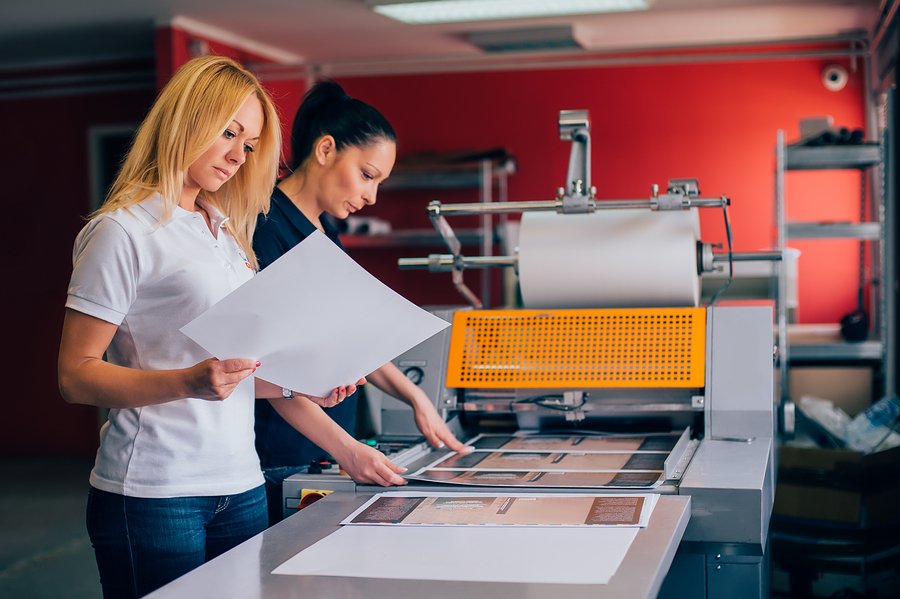Who says a printer is just for printing off seemingly endless copies of a meeting agenda? Even though 3D printing has been the latest creativity craze, printed projects remain a staple of the artistic world. An outpour of digital art programs has allowed artists across the globe to increase their visibility by producing new, unique pieces. Even something as simple as a design to a greeting card can be used to create a profit, and there are only a few simple tricks to adding value to your printed projects. We’re here to tell you how!
When you’ve created something, you’ll naturally want to show it off! Online marketplaces have boomed with the widespread use of the internet, and few of them are even more significant than the creativity-fueled platform, Etsy. Printed pieces are a hot commodity on Etsy, and turning your design into profit is as easy as 1-2-3 with their streamlined process for sales. Before you list your commodity, be it an art print, a greeting card, or an origami outline, think through what makes it unique. Being unique is one of the top ways to add instant value to your printed projects. Although reproductions of famous artworks have always held their weight in marketplaces, having a new twist on a product is something that will let you stand out above the rest. Having a strong description for anything that you intend to add value for will automatically lend credibility to the product.
With printed projects, what materials you use is almost as important as what you’re printing. Different paper styles and inks have different results, and choosing the best one for what you’re working on is key to adding value. Some pieces of art benefit from a high gloss, while some styles will work better on a matte piece with a unique ink color tone. Don’t be afraid to experiment with different materials! If you love the look of something, even if it’s a little different, there’s a high chance that others will love it as well. Don’t think of the most expensive materials as being the best, as they may not be the best for your specific project.
When you’re adding value to a printed project, remember to keep everything relative. If it’s an uber-unique piece that you’ll only be able to replicate a few times (such as something that requires complex assembly), the cost is naturally going to be higher. When something can be easily reproduced, its cost will be lower – but this isn’t necessarily bad. Consider the volume to the cost and decide whether the juice is worth the squeeze to you. The marketplace determines value, but having something that is creative and appeals to the public will almost always net your profit.




